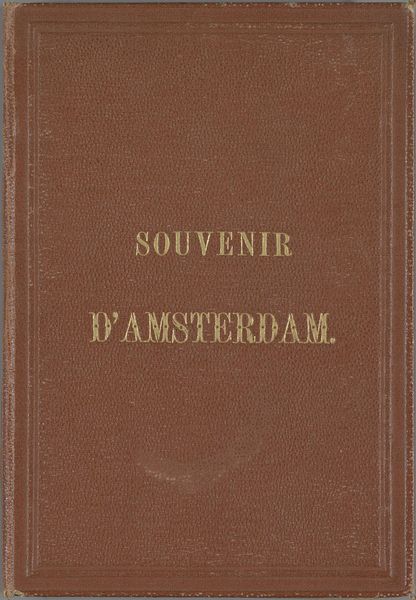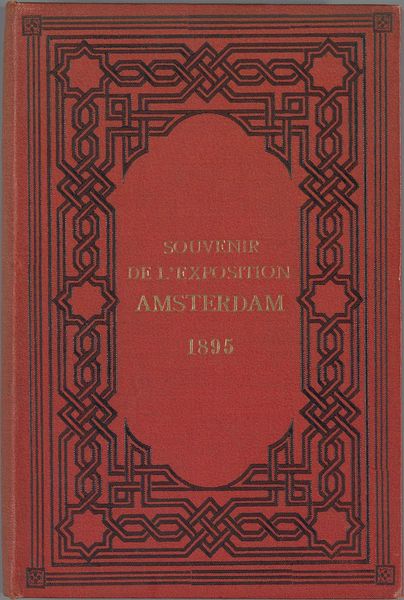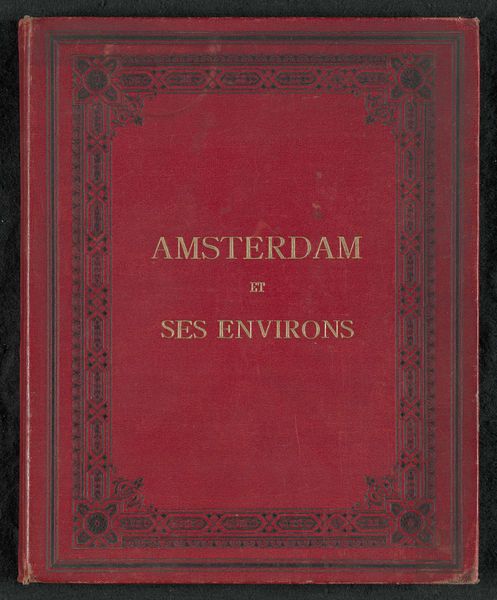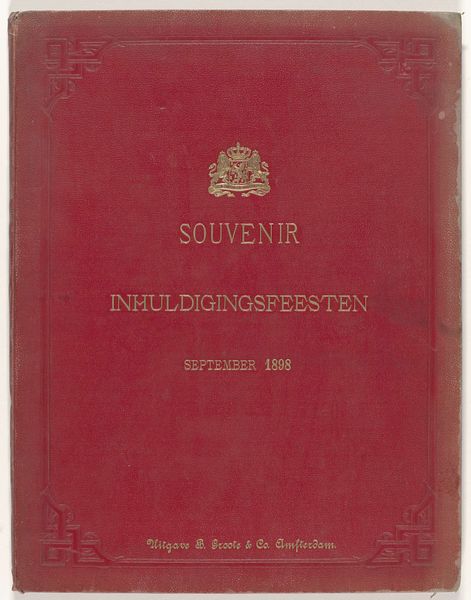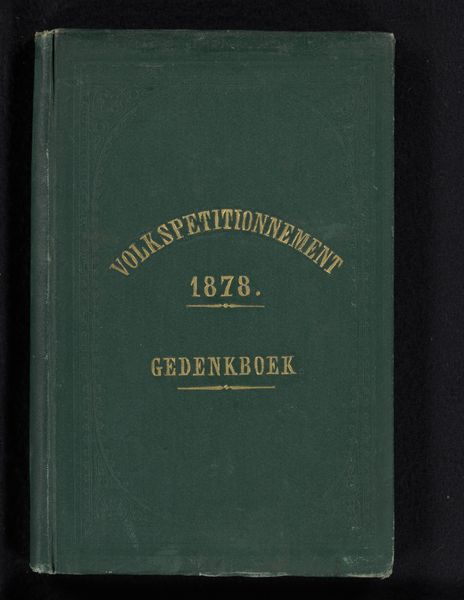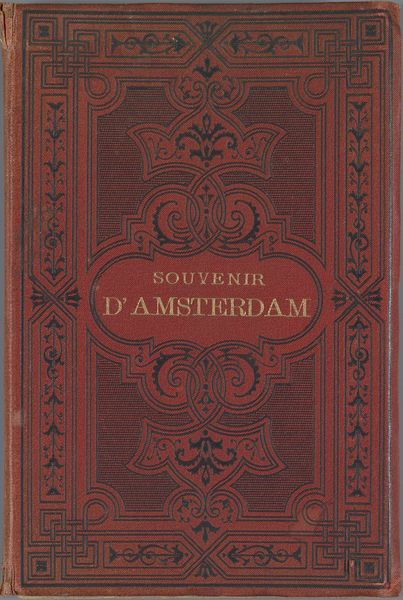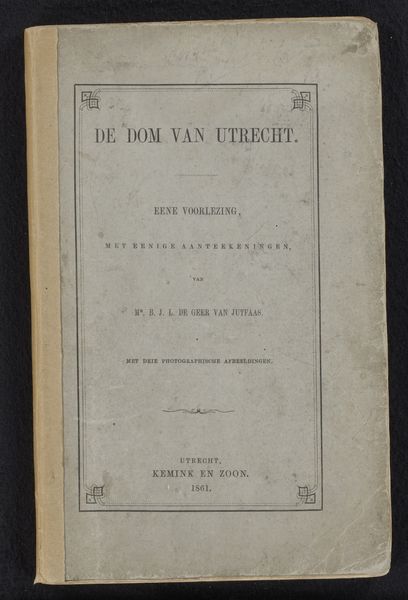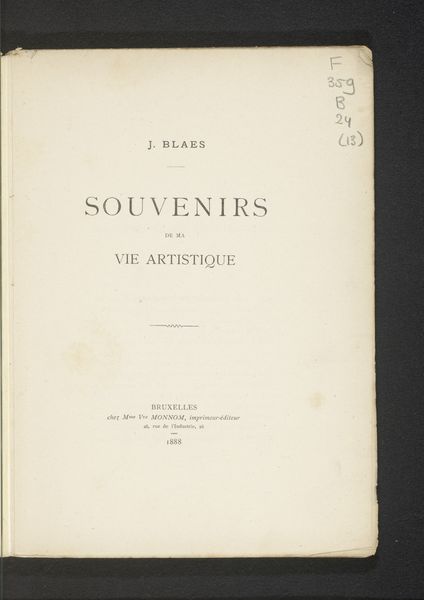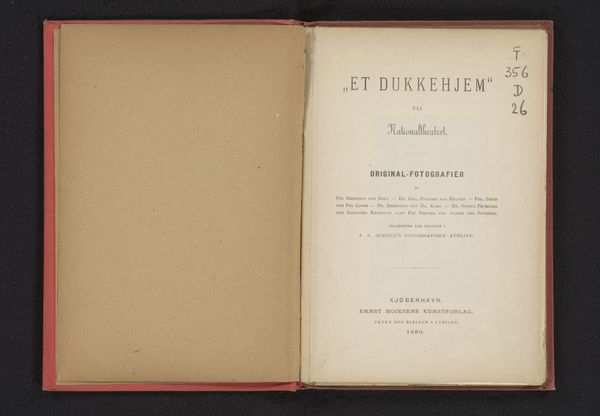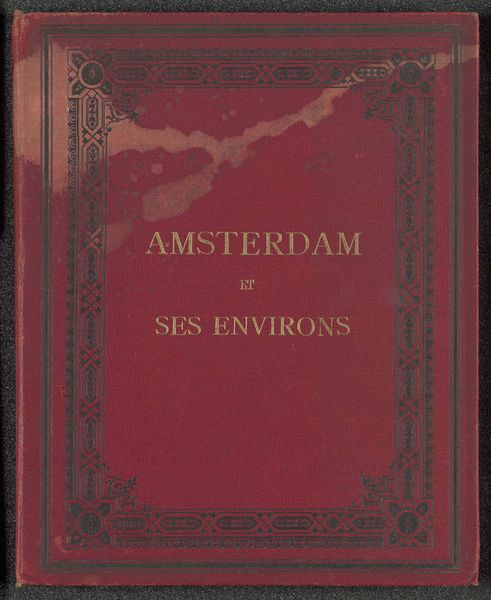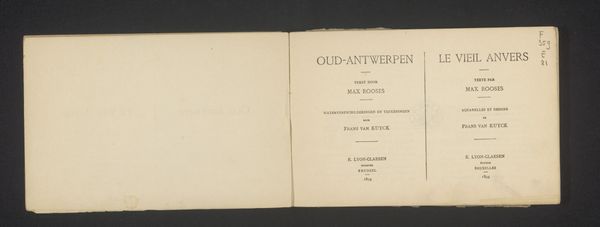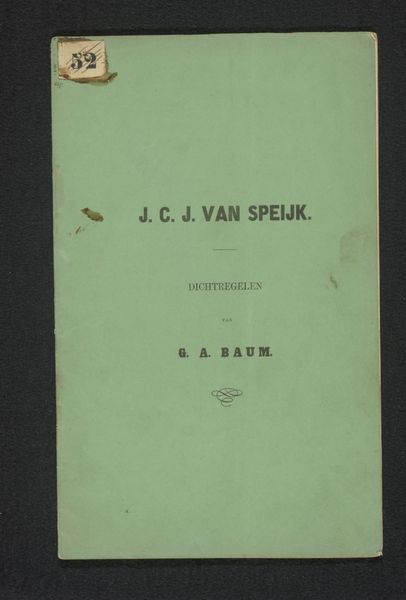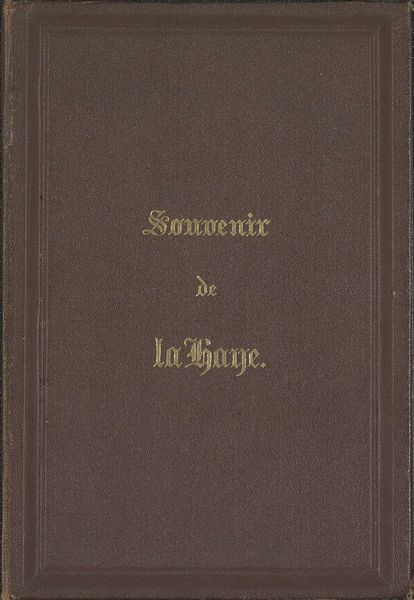
print, photography
#
aged paper
#
still-life-photography
#
homemade paper
#
textured paper
#
paper non-digital material
#
dutch-golden-age
#
paperlike
# print
#
landscape
#
paper texture
#
photography
#
folded paper
#
cityscape
#
letter paper
#
paper medium
#
historical font
Dimensions: height 170 mm, width 118 mm, thickness 140 mm, width 1320 mm
Copyright: Rijks Museum: Open Domain
Curator: The work before us is a fascinating artifact: a "Leporelloalbum met twaalf foto's van Amsterdam," or, in English, a leporello album containing twelve photographs of Amsterdam. Dating roughly from 1870 to 1900. Editor: My first impression is of intimacy and a bygone era. The sepia tones suggest age and the careful folding indicates preservation. It’s like holding a piece of someone’s personal journey. Curator: Precisely. The album, created by Andries Jager, gives us more than just images of a city; it’s a carefully constructed narrative that begs exploration of 19th-century Dutch identity, tourism, and the experience of modernity. We must consider who would have owned this, their social standing, their relationship to travel and to Amsterdam itself. Editor: Visually, I am intrigued by the consistent use of what appears to be albumen prints. It speaks to a certain established photographic process, lending uniformity but also an inevitable melancholy given albumen's characteristic fading over time. Do the photographic scenes of Amsterdam include common symbolic imagery that communicates 19th-century values and culture? Curator: Undoubtedly. Canals, grand architecture, bustling market squares – these weren't simply picturesque scenes; they reinforced Amsterdam as a center of trade, progress, and cultural power. Each carefully composed photograph serves as a coded message, a curated version of the city for external consumption. Think about the politics inherent in selecting and presenting these images. Whose Amsterdam is being shown, and for whom? Editor: The 'Souvenir d'Amsterdam' inscribed hints at the city's self-promotion for outsiders to boost a type of consumerism around identity. This shifts my understanding towards one centered around cultural pride and the perpetuation of a carefully considered social structure. I appreciate the insight! Curator: And on the reverse, the artifact speaks to its owners’ social identity. Were they of a certain class able to travel, purchase, and consume images? What were the politics of seeing and owning a city like Amsterdam during that time? I'm curious what those folded aged papers can tell us! Editor: Me, too! Thinking about memory, representation, and that poignant whisper from history is captivating!
Comments
No comments
Be the first to comment and join the conversation on the ultimate creative platform.
